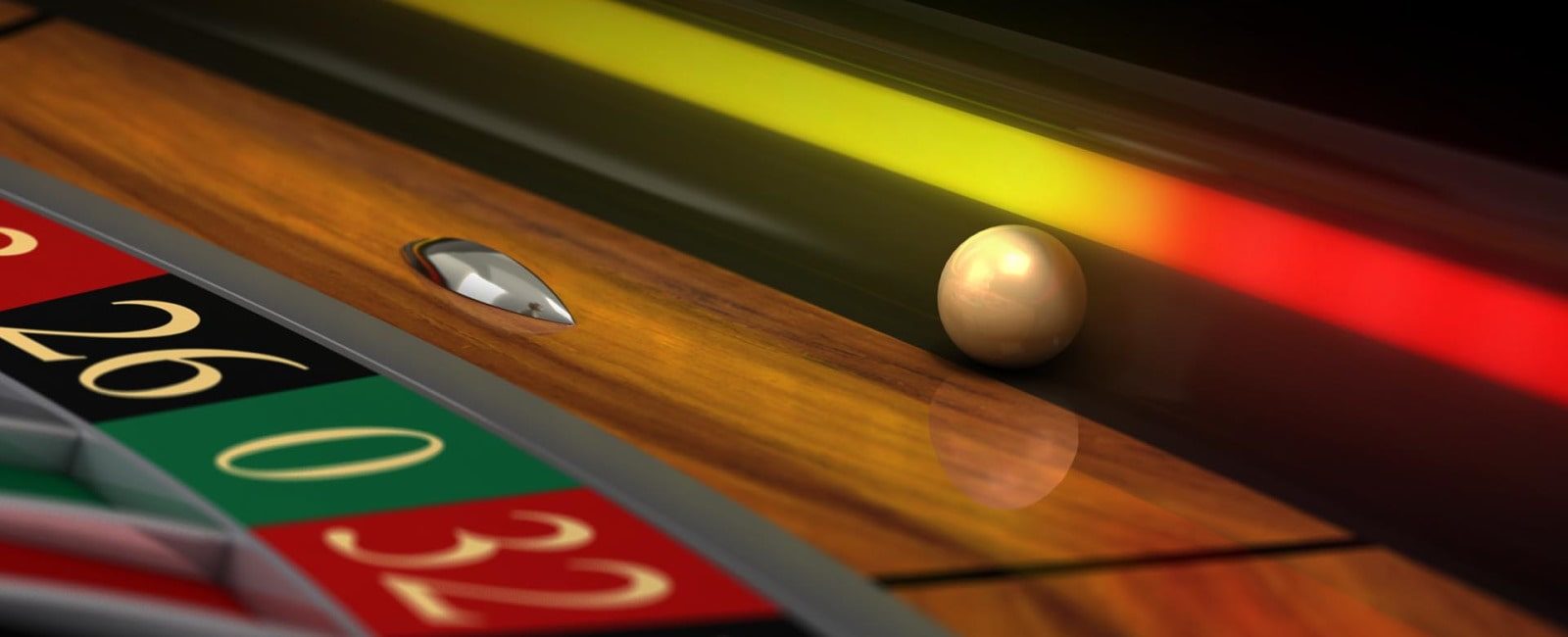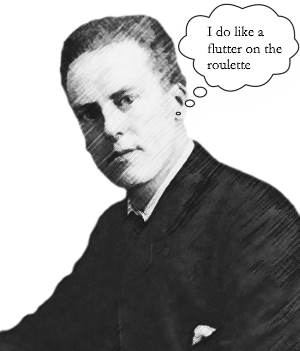Did you know that the game of roulette has had a big input into the development of science and mathematical theory? You may well have a notion that the game has helped develop some very famous theories- there is one area in particular that it has helped develop and that is the field of statistics, specifically through an English mathematician called Karl Pearson who developed the discipline of mathematical statistics.
At the tail end of the 19th Century when Monaco was experiencing a boom, the Le Monaco newspaper would regularly publish the results of roulette spins in the casinos of Monte Carlo.
This stream of data was a goldmine for a mathematician called Karl Pearson who was studying random events.
Random or Not?
He used the data from the roulette tables to test his theories. He quickly came up against a problem though- the results that he was analysing from the newspaper didn´t appear to be random.
Maybe it was down to the infamous wheel bias and dealer signature that so many people who try to crack the roulette code have hunted after? The roulette wheels in the casinos of Monaco were not as random as he’d hoped. He also used coin tosses and dice rolls, and the roulette data seemed a bit fishy.
Karl Pearson’s methods, which were perfected through his study of the roulette wheels in Monaco, are a vital part of science. From companies testing drugs to experiments at CERN, scientists try and disprove their theories by calculating the odds of getting the result they observed, purely by chance.
This allows them to determine with confidence whether there is enough evidence to support their theory, or whether the whole thing was just down to luck.
In particular, Karl Pearson’s chi-squared test is a statistical test that you can apply to sets of categorical data to test the likelihood that any observed differences between the sets were down to luck.
Pearson is reported to have said: “The record of a month’s roulette playing at Monte Carlo can afford us material for discussing the foundations of knowledge”.
The Chi-Square Test for Goodness of Fit
In 1900, statistician Karl Pearson came up with the chi-square test for a measure of goodness of fit – this has had such a huge impact on data analysis that the test has been named after him: Pearson’s chi-squared test.
Karl Pearson was said to have flipped a British Shilling (a 12d coin at the time) 25,000 times in the summer of 1892 while he was working on his theories. No wonder he turned to the roulette wheels of Monaco! Pearson believed that he needed vast amounts of data to develop his theories.
In Monaco, Pearson observed (or rather read in the newspaper) that red and black came up a similar number of times. He also had a similar interest to players of the Martingale System in that he looked at how often the same colour came up several times in a row.
(This will interest players who use the Martingale System as they often look for a string of one colour and then bet on the opposite, doubling their bets after a loss. The theory is that eventually, the colour will turn. Martingale players hope it turns before they hit the table limits).
Flaw in the Data?
That’s when he discovered the flaw in the newspaper’s data. When comparing the data to what he expected of a truly random wheel, he noticed that the length of runs of either reds or blacks was shorter than he would have expected.
Runs of two or three of the same colour were less frequent than he expected. Pearson said that even if he’d been watching the Monte Carlo tables since the start of Earth’s history, he would not have expected to see a result that extreme. Test it out on a free roulette wheel for yourself- you´ll see that you often get runs of results of the same colour.
Pearson’s discovery was that the roulette wheels in Monaco weren’t random? What caused that? Well, it turned out that the journalists at Le Monaco couldn’t be bothered to report the real roulette results- so they just made them up. They didn´t think anybody would notice. Unluckily for them, the English mathematician was doing an audit!



